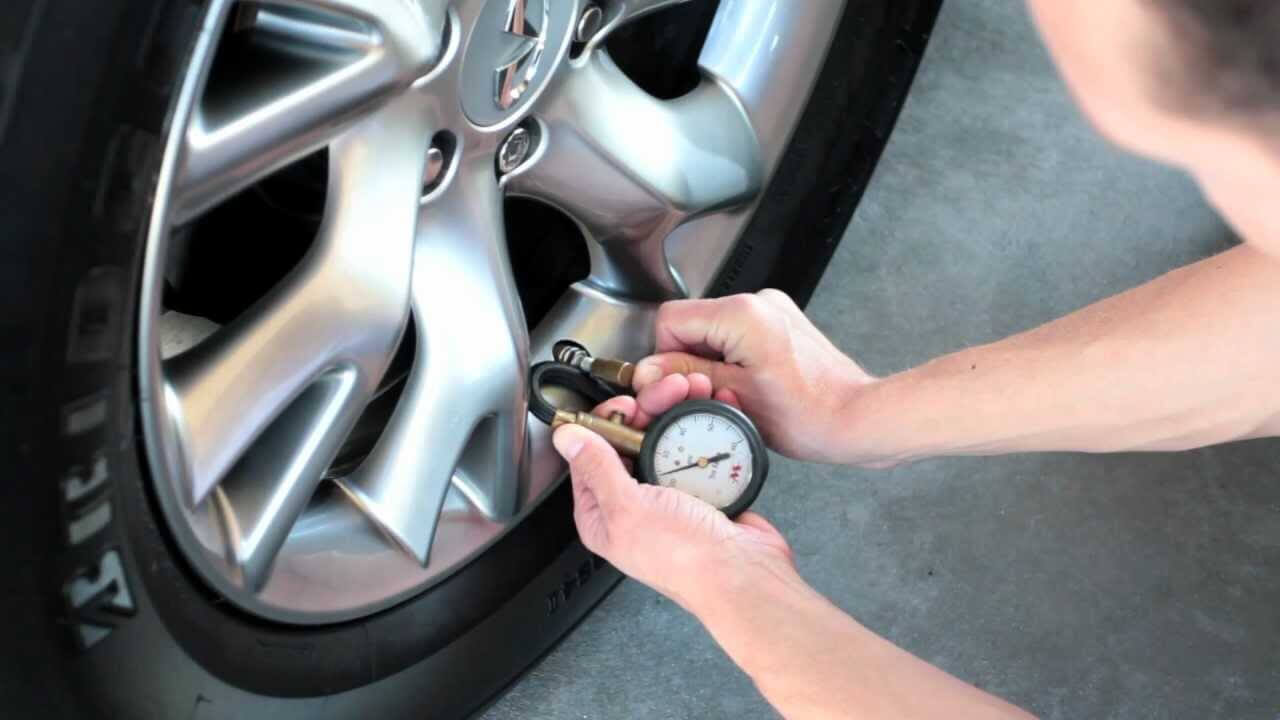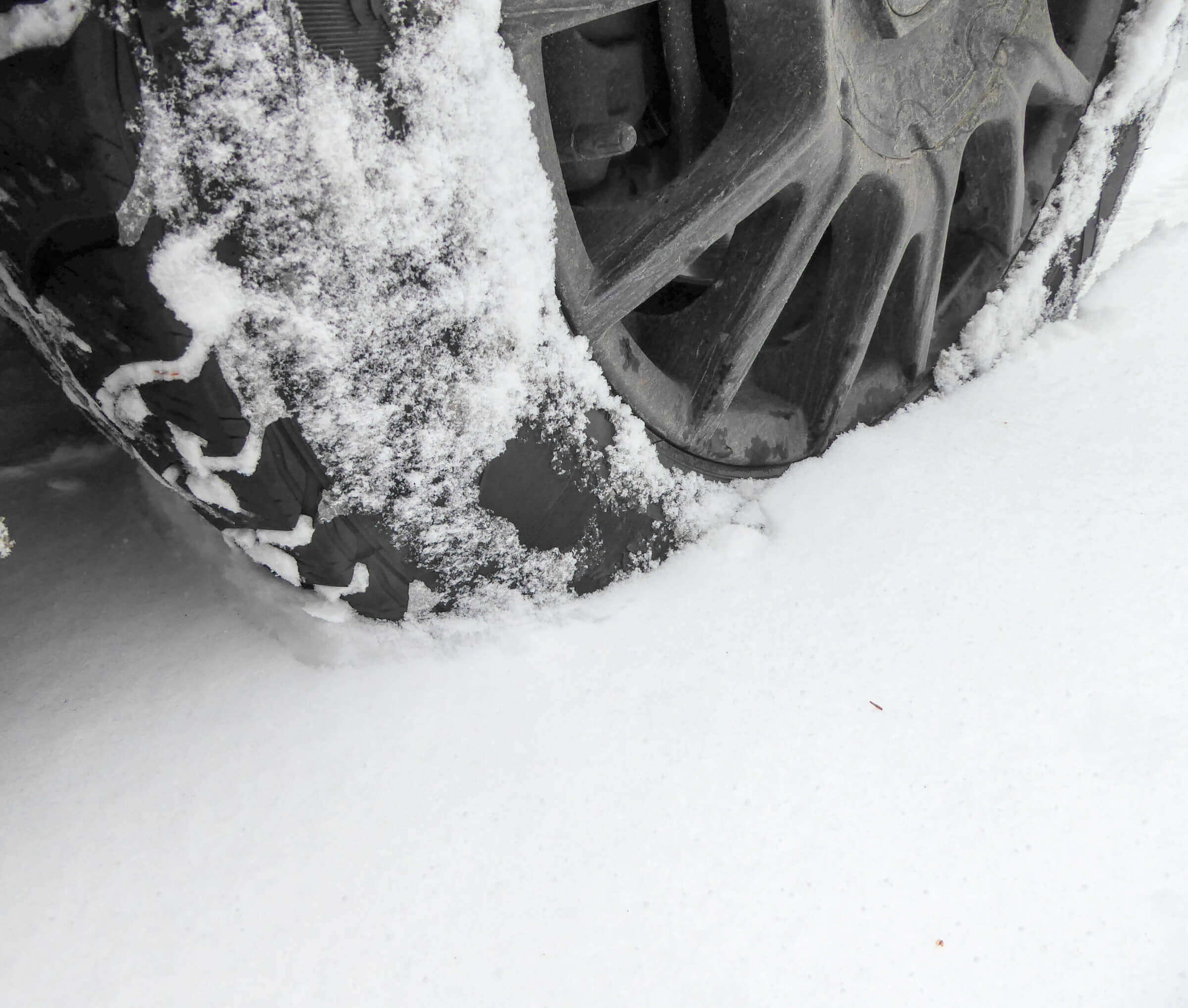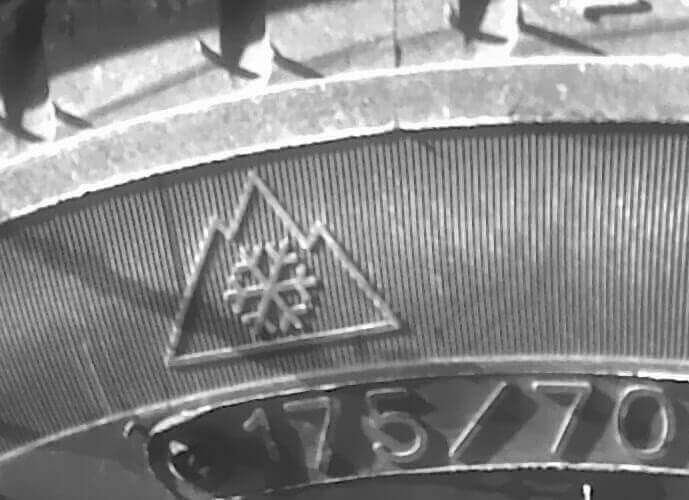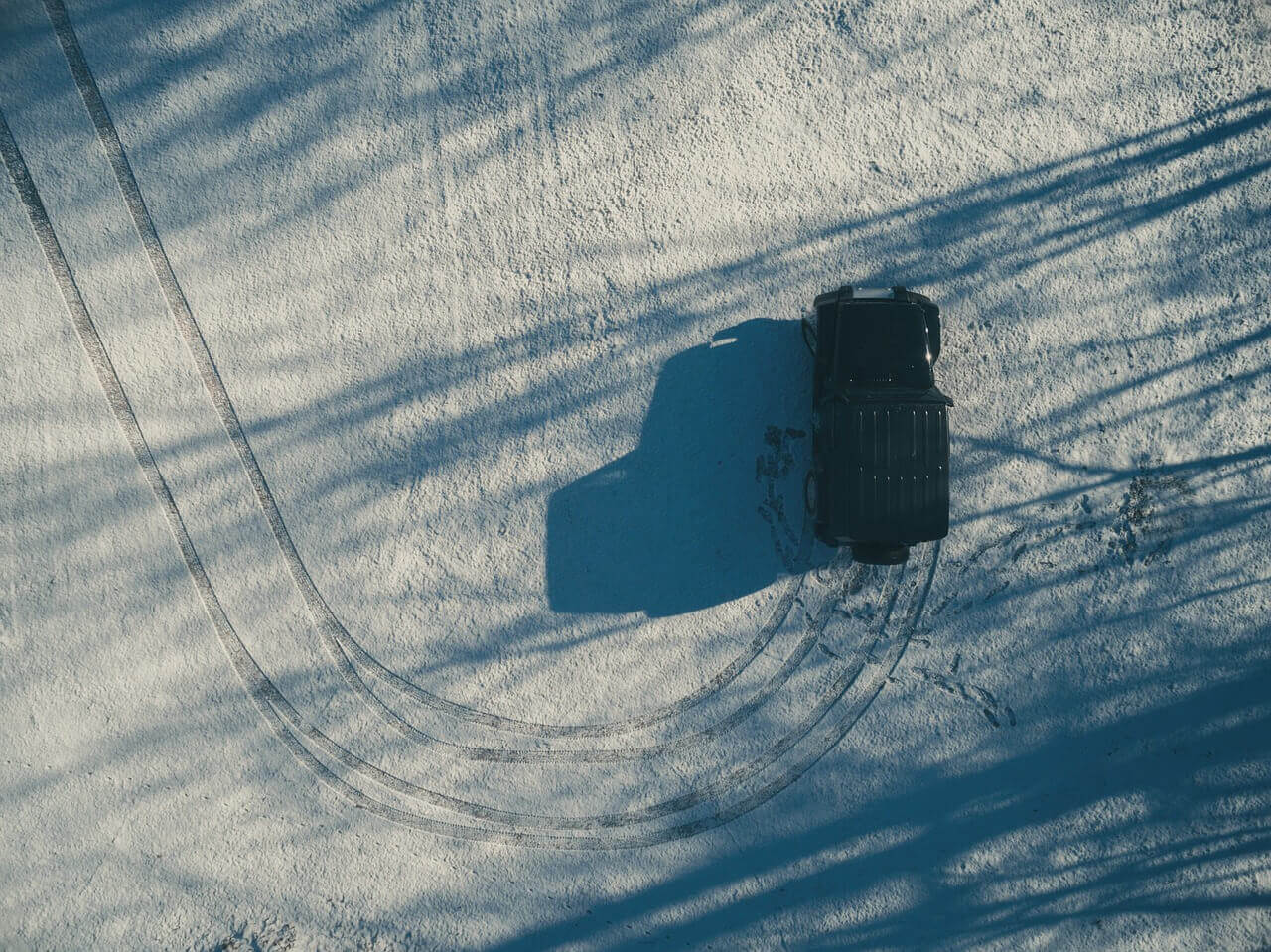It’s fall. The leaves have changed color, and because you are an exemplary citizen who wanted to ride safely, you have already contacted Blackcircles.ca for your appointment to install your winter tires. No way to wait at the last minute.
As we know, you have gone through your choices, set your priorities, and decided which tires will be under your car to protect you this winter. Well done! We can only applaud you. But have you thought about your pressure sensors?
Of course not, like most motorists. You say to yourself: it’s a gadget that I never consult, so why worry? Because if tire pressure monitoring systems have become mandatory for some vehicles, it is because they are useful. Very useful even, but only if you thought to adapt them to the moment of tire change.
A lot of these doubts come from the systems themselves. Some are scientific and precise, others less so.
The best system
Porsche has the best system on the market. Its revolutionary 959 – launched in 1986 – was the first production vehicle equipped with a TPMS system. With the latest Porsche system, everything is quickly configured in the instrument cluster using the buttons on the steering wheel or a joystick on the column. Select your wheel size, the type of tire you have mounted on these wheels (summer, winter or all-season), the load setting (partial load or full load), and the screen tells you exactly where to adjust the wheel. air pressure.
But most other brands are more complex and require some manipulation at the same time as installing your winter tires. Because each of the manufacturers has its own sensor adjustment system. Some are in the dashboard, others with the OBD2, others with external devices.
Quick fact: some companies use what is called an indirect system. Instead of having a TPMS sensor on each wheel, the vehicle compares the rotation of the tires relative to each other via the wheel speed sensors. This system is however much less precise.
Perhaps I have already told you how car journalists that I will not name, and of which I humbly was part of, who received a signal of flat tire from their sensor. But as these reporters knew everything, they ignored it, and had to hit a tire change in the snow along a Montreal highway on a Saturday morning in January. In short, you never know when and how the pressure sensors will be useful, so do not neglect them.
So, one tip: make sure your sensors work. We never know when we will need it!





